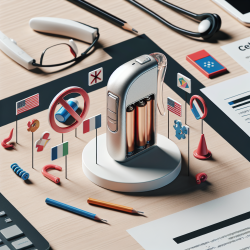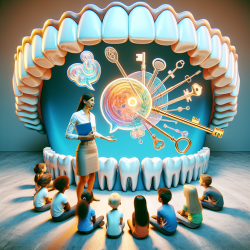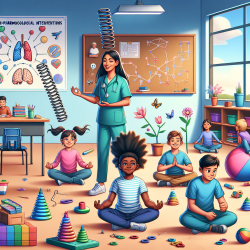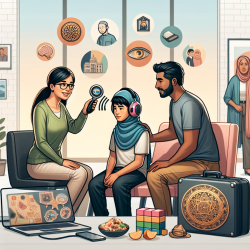As a Special Education Director, I am constantly seeking innovative and effective strategies to support our students and enhance the services we provide. One valuable resource that I recently revisited is the research article "Building Language: Word Meanings" (1996) by Robyn Dower and Jan Mackey. This manual, designed for use with adults and adolescents with language disorders, offers a plethora of language exercises that can significantly benefit practitioners in the field.
The manual is structured to achieve four main treatment goals:
- Picture Meanings: The learner must choose the one picture that does not belong in the group.
- Spoken Word Picture Links: The learner must point to a picture named by the helper.
- Written Word-Picture Links: The learner must match a printed word with a picture.
- Words in Groups: The learner must identify or name words which belong in a specific group or category.
The systematic grading of tasks, ranging from concrete to abstract, ensures that learners progress at a manageable pace. The activities are coded for complexity, making it easy for clinicians to select appropriate worksheets for their clients. This thoughtful organization reflects the authors' deep understanding of language acquisition and cognitive development.
Here are some practical tips for implementing the insights from "Building Language: Word Meanings" in your practice:
- Utilize Visual Aids: Incorporate the manual's line drawings, which are clear and easily identifiable, to support visual learners. Visual aids can enhance comprehension and retention of new vocabulary.
- Gradual Progression: Follow the manual's graded approach, starting with simple tasks and gradually increasing complexity. This helps build confidence and ensures a solid foundation before moving to more challenging exercises.
- Engage in Multisensory Learning: Combine auditory, visual, and kinesthetic activities to cater to different learning styles. For example, pairing spoken words with pictures can reinforce word meanings through multiple sensory channels.
- Encourage Repetition: Repetition is key to mastering new vocabulary. Use the manual's worksheets repeatedly to reinforce learning and solidify word meanings.
- Collaborate with Helpers: The manual includes instructions for helpers, such as parents or teaching assistants. Encourage collaboration to extend learning beyond therapy sessions and into everyday interactions.
By integrating these strategies into your practice, you can create a more engaging and effective learning environment for your students. Additionally, I encourage you to explore further research and resources to continuously enhance your skills and knowledge in language development.
To read the original research paper, please follow this link: Building Language: Word Meanings (1996)










